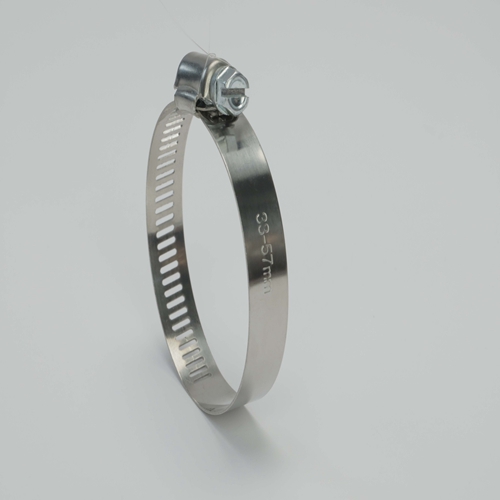- Phone:+86-17331948172 +86-0319-8862898
- E-mail: inquiry@puxingclamp.com
okt . 17, 2024 15:51 Back to list
Throttle Body Hose Clamp for Enhanced Engine Performance and Secure Connections
Understanding Throttle Body Hose Clamps Essential Components for Automotive Performance
In the realm of automotive engineering, every component plays a crucial role in ensuring the smooth operation of a vehicle. Among these components, the throttle body and its associated parts, such as hose clamps, are often overlooked yet essential for maintaining engine performance and efficiency. This article delves into the significance of throttle body hose clamps, their design, functionality, and maintenance considerations.
What is a Throttle Body?
The throttle body is a critical component of a vehicle's intake system. It controls the amount of air that enters the engine, thereby influencing the vehicle's power output and fuel efficiency. When the driver presses the accelerator, the throttle body opens, allowing more air to flow into the engine, which is mixed with fuel for combustion. Therefore, the proper functioning of the throttle body is paramount for optimal engine performance.
The Role of Hose Clamps
Hose clamps are used to secure hoses, keeping them tightly attached to fittings and preventing leaks. In the context of a throttle body, hose clamps are primarily used to connect the air intake hose to the throttle body inlet. This connection is crucial because any air leakage can lead to poor engine performance, increased emissions, and can even trigger the check engine light on the dashboard.
Types of Hose Clamps
Hose clamps come in various designs, each suited to different applications. The most common types include
1. Spring Clamps Made from spring steel, these clamps automatically adjust to the varying diameters of hoses as they expand and contract due to temperature changes. They offer a secure hold and are commonly found in various automotive applications.
throttle body hose clamp

2. Screw Clamps One of the most widely used types, screw clamps feature a threaded screw that tightens the band around the hose. This type allows for easy adjustment and is suitable for applications where frequent installation and removal may be necessary.
3. Worm Gear Clamps These clamps utilize a worm gear to tighten the band and are typically made from stainless steel for durability. They are ideal for high-pressure applications, including those found in performance vehicles.
4. T-Bolt Clamps Utilized mainly in high-performance setups, T-bolt clamps provide excellent sealing capability for larger diameter hoses. They are known for their strength and reliability under extreme conditions.
Importance of Proper Installation
The installation of hose clamps is crucial to ensure they function effectively. A poorly installed hose clamp can lead to air leaks, which not only affect engine performance but can also cause damage to other components over time. It is important to ensure that the clamp is positioned correctly and tightened to the manufacturer's specifications. Over-tightening can cause tears or damage to the hose, while under-tightening may result in loose connections.
Maintenance and Inspection
Regular maintenance of hose clamps is essential for long-term vehicle performance. Inspecting hose clamps for signs of wear or corrosion can help prevent issues before they become serious problems. During routine vehicle check-ups, mechanics should examine the condition of the hose clamps and hoses connected to the throttle body. Replacing worn or damaged clamps promptly can save vehicle owners from costly repairs down the road.
Conclusion
Throttle body hose clamps may seem like small, inconspicuous components, but their role in ensuring proper engine airflow and performance cannot be overstated. By understanding their function, types, and importance, vehicle owners can take proactive steps to maintain these critical components. Proper installation and regular inspections will not only aid in optimal engine performance but also enhance the longevity and reliability of the vehicle as a whole. As with all automotive parts, attention to detail in maintenance can lead to significant improvements in overall driving experience and efficiency.
-
Large Stainless Steel Adjustable American Type Hose Clamp - Hebei Pux Alloy Technology Co., Ltd
NewsAug.08,2025
-
Large Stainless Steel Adjustable American Type Hose Clamp - Hebei Pux Alloy Technology Co., Ltd.
NewsAug.08,2025
-
Large Adjustable Stainless Steel Hose Clamp - Hebei Pux Alloy
NewsAug.08,2025
-
Premium Stainless Steel Hose Clip | Secure & Rust-Proof Clamps
NewsAug.08,2025
-
Large Stainless Steel Adjustable American Type Hose Clamp - Hebei Pux Alloy Technology Co., Ltd.
NewsAug.07,2025
-
Large Stainless Steel Adjustable Hose Clamp-Hebei Pux Alloy Technology Co., Ltd|Corrosion Resistance,High Breaking Torque
NewsAug.07,2025




